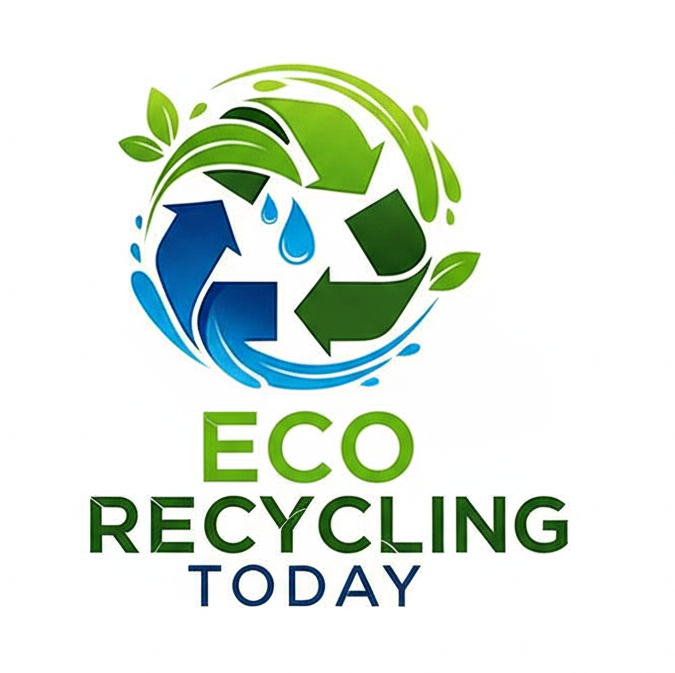As sustainability becomes a top priority worldwide, schools and offices have a unique opportunity to lead by example. These environments generate a wide range of waste—paper, plastics, electronics, food scraps, and more. Implementing smart recycling solutions not only reduces landfill waste but also fosters a culture of environmental responsibility among students, staff, and employees.
In this guide, we’ll explore practical recycling solutions for schools and offices that support zero waste goals and promote a greener, cleaner future.

Why Schools and Offices Should Go Zero Waste
Zero waste is a philosophy that aims to eliminate waste through mindful consumption, efficient recycling, composting, and responsible product design. By aiming for zero waste, schools and offices can:
- Reduce environmental impact
- Lower waste disposal costs
- Improve community and employee engagement
- Teach environmental stewardship
Common Waste Streams in Schools and Offices
Understanding the types of waste generated is the first step in building an effective recycling program.
| Waste Type | Common Sources |
|---|---|
| Paper | Printers, notebooks, worksheets |
| Plastic | Bottles, food wrappers, packaging |
| E-waste | Laptops, chargers, printers, monitors |
| Organics | Leftover food, coffee grounds, paper towels |
| Metal & Glass | Cans, jars, containers |
Top Recycling Solutions for Schools and Offices
1. Paper & Cardboard Recycling
Paper is one of the most common and recyclable materials in educational and corporate environments.
Tips:
- Place labeled bins next to every printer and copier.
- Set double-sided printing as the default.
- Reuse single-sided paper as scratch pads.
- Recycle boxes from deliveries and office supplies.
2. Plastic, Cans & Bottles
These materials often come from vending machines, cafeterias, and employee breakrooms.
Solutions:
- Provide color-coded bins for plastic, metal, and glass.
- Educate staff/students on what is recyclable locally.
- Avoid single-use plastics—switch to refillable water stations.
3. Electronic Waste Recycling
Schools and offices frequently upgrade devices, leaving behind old electronics.
What to Recycle:
- Computers, monitors, keyboards
- Batteries, chargers, USB cables
- Printers, projectors, and mobile phones
Action Steps:
- Partner with certified e-waste recyclers.
- Set up annual e-waste collection drives.
- Wipe sensitive data before recycling.
4. Food Waste & Composting
Lunchrooms and office kitchens generate a surprising amount of organic waste.
Strategies:
- Set up compost bins for food scraps and coffee grounds.
- Donate unopened, edible food to local shelters.
- Involve students in composting as a learning project.
5. Reuse & Donation Programs
Many items can find a second life through creative reuse or donation.
Ideas:
- Reuse folders, binders, and office supplies.
- Donate books, furniture, and electronics to local nonprofits.
- Hold "Free Desk Supply" days for item swapping.
How to Start a Recycling Program at School or Work
1. Conduct a Waste Audit
Understand what you’re throwing away and what’s recyclable.
2. Set Clear Goals
Aim for a certain recycling rate or landfill diversion target.
3. Create a Recycling Station System
Label bins clearly, and keep them visible and accessible.
4. Educate and Engage
Use posters, training, and reminders to get everyone on board.
5. Track Progress
Monitor waste reduction and celebrate milestones.
Zero Waste Tools & Resources
- Waste-free lunch guides for schools
- Recycling signage templates for offices
- Local recycling directories
- Classroom sustainability curriculum
- Office green team toolkits
Recycling in schools and offices is more than just a good habit—it's a gateway to lifelong environmental consciousness. Whether you're a teacher inspiring students or a manager building a responsible workplace, small actions can lead to big impacts.
